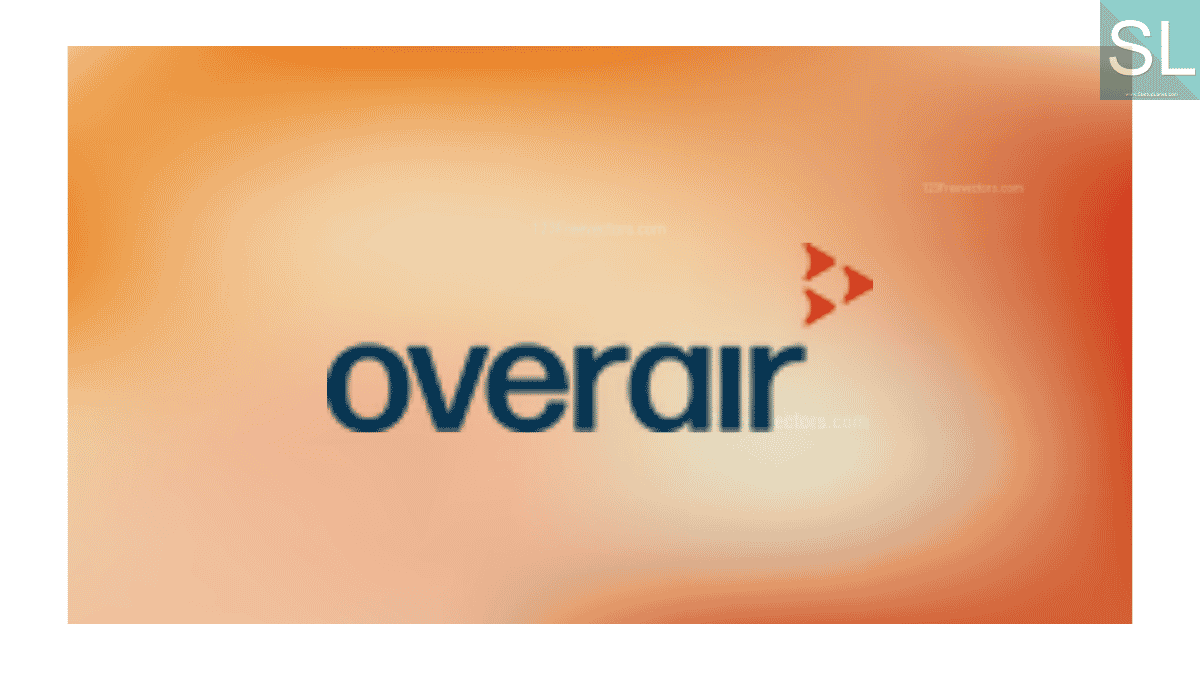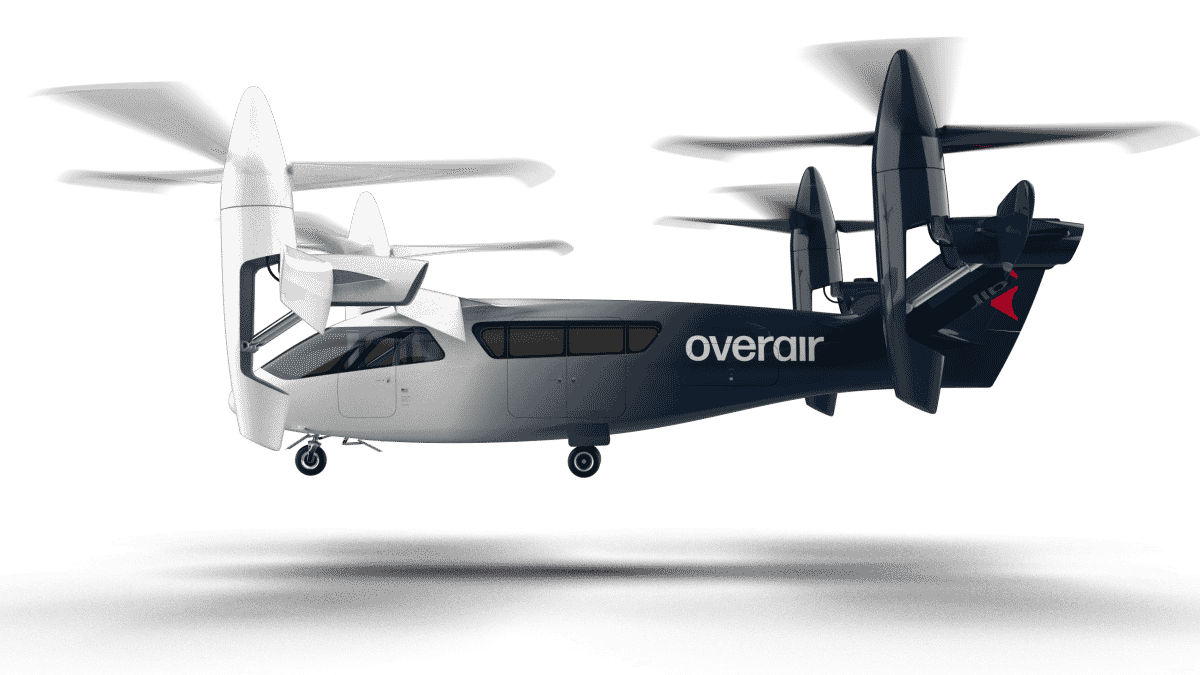Overair is a California-based electric vertical takeoff and landing (eVTOL) vehicle startup. The startup has secured $145 million in funding that will go toward the development of Butterfly. It is the company’s experimental aircraft prototype. According to the startup, it’ll be ready by the second half of 2023. As Overair works toward achieving Federal Aviation Administration certification, the startup will use this prototype to validate its designs and mitigate any technological risks, according to Josh Aronoff, head of business development at Overair.
We’ve proven Butterfly’s propulsion system, so we’ll now begin validating Butterfly’s ability to operate safely in real-world weather conditions, carry significant payloads and fly incredibly quietly.
Ben Tigner, co-founder and CEO of Overair

A little about Overair
Overair is a spinoff from Karem Aircraft. And according to Overair, Butterfly’s propulsion system benefits from decades of military VTOL programs led by the legacy company. The company claims to have the broadest flight envelope and smallest sound footprint of any aircraft in the burgeoning industry, due in part to its propulsion system that uses four large propellers that spin slowly when hovering and even slower when cruising. Quiet aircraft that doesn’t noise pollute dense urban environments is essential for commercializing eVTOL. Originally, the technology was meant to drop Navy SEALs into hot zones. But now it’ll be used for urban air mobility (UAM).
The patents and core technologies behind Butterfly has attracted Hanwha Systems and Hanwha Aerospace as investors. It’s defense and information technology unit and aircraft engine producer of South Korean conglomerate Hanwha Group. Acording to the startup, Hanwha holds a 30% stake in Overair. It previously invested $25 million into Overair’s Series A in 2019. This latest round brings its total investment in Overair up to $170 million. As part of Hanwha’s investment, the company will provide Overair with electric motors and battery packs for the startup’s eVTOL prototypes.
Plans with the investment
With the fresh capital, Overair will also begin building out its commercialization team and go-to-market strategy. While Overair’s relationship with Hanwha will open up the South Korean market for the startup, Aronoff said Overair is targeting a U.S. launch first.
I would expect it to be cities that might be different from those that you’ve heard others announce. So you’ve heard LA, Dallas and Miami. The Northeast Corridor is the most economically productive stretch of the world. So for us, where the weather is not like it is in LA – 75 degrees and sunny every day – to have a vehicle that’s able to fly people in the most economically productive cities, which are relatively close together, that works really well for our use case.
Josh Aronoff, head of business development at Overair.
Background on Hanwha Group
Hanwha Systems recently joined up with Korea Airports Corporation and SK Telecom, a South Korean telecommunications giant that’s working to bring air taxis to market in the country by 2025, to introduce an operating model for commercializing urban air mobility in a metropolitan area. Overair did not confirm if it’s directly involved in the partnership or not. However, the startup said it would be participating in South Korea’s UAM Grand Challenge to commercialize air taxis.
